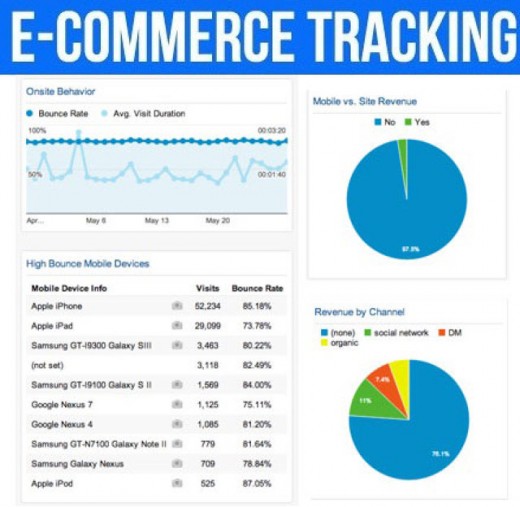Ecommerce Logistics Trends to Look Out for in 2016 and Beyond
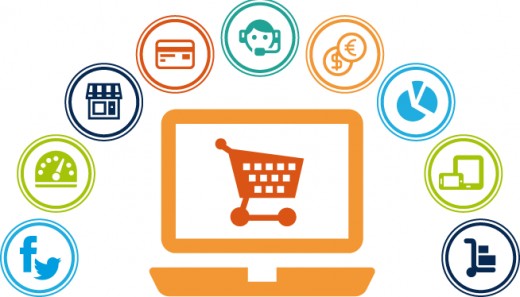
Gearing for Omni-Channel
The logistics industry will need to gear up, given the strong growth in e-commerce and omni-channel retail, customer expectations of fast delivery at a reasonable cost, and the growth of cross-border e-commerce. The market research firm eMarketer projects that global ecommerce sales will top more than US$3.5 trillion in five years, and the internet will account for 12.4% of global retail sales by 2019, as reported by an article on InternetRetailer.com. Customer expectations will dictate the way logistics companies work. In fact, a Gartner survey in November 2015 found that according to 74% of respondents, customers were the single biggest factor contributing to complexity in supply chain management, as written in an article on Yourdi.com.
Customers are increasingly using omni-channel retail options, thus increasing the complexity of supply chain management. Retailers and logistics companies will need to respond to these trends, and come up with solutions that lead to more efficiency in distribution and warehousing. This will mean the increased use of technology, and the utilization of big data. Logistics companies will be looking at ways to better track inventory levels and automate delivery. Here are the main logistics trends to look out for in 2016 and beyond.

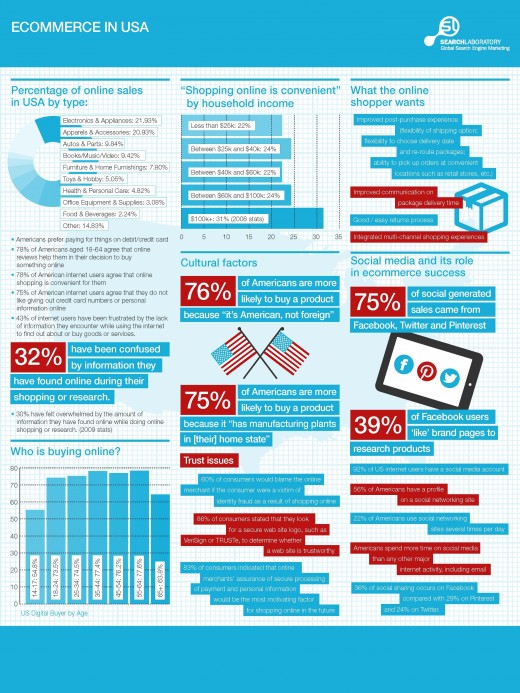
Big Data Collection and Usage will Lead to Increased Efficiencies
As reported by an article on Compass.ups.com, the World Economic Forum study predicts that in the next five years, there will be 50 billion Internet-connected devices and that the data from these devices will translate into better business decisions. Rayford Collins, a specialist in supply chain optimization with the UPS Customer Solutions group, says, "Analyzing data close to real time can allow marketing to work with procurement on inventory, so everyone knows what to buy and where to put it based on demand." According to the McKinsey Global Institute, one of the key areas where big-data efficiencies are possible is in the management of supply chains.
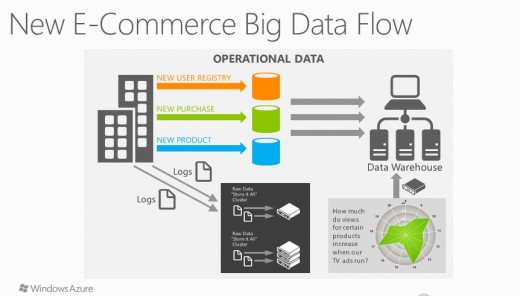
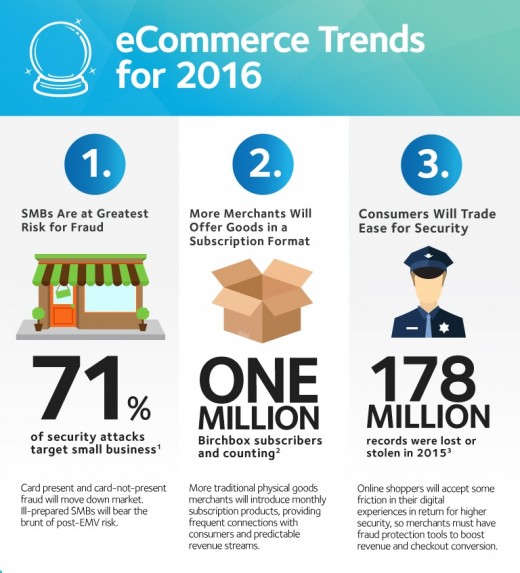
How to Increase Efficiencies
An article on supplychainmusings.com talks about the following ways in which supply chain management companies can increase efficiencies through the collection of big data.
- RFID chips embedded in the SKU (stock-keeping unit) barcode can provide real time inventory at all times, and allow the automation of order fulfillment and validation, replenishment, and warehouse stocking. The data collected can be used to manage inventory and respond to changes in demand from different customers.
- GPS based location services can work alongside RFID chips to assist in inventory and warehousing management, and provide real-time data on changes in demand behavior in different localities.
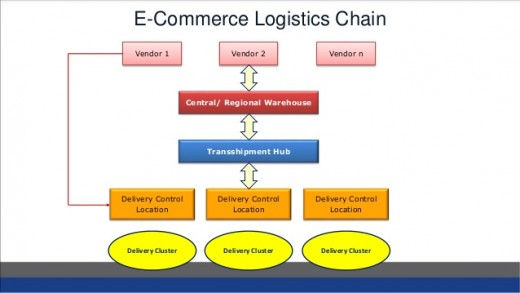
The Use of the Latest Technology will be Possible for Logistics Companies of all Sizes
As a blog post on Bossfulfillment.com states, even start-ups and small businesses can take advantage of the latest in technology when it comes to inventory management and order fulfillment. This use of technology will become more and more pervasive in the future.
An article on Cerasis.com talks about two other trends that will be the future of supply chain management, the increased use of autonomous vehicles and drones, and the use of robots in warehouses for loading and unloading, and during delivery. Companies such as Starship Technologies are already testing the use of droids for last mile delivery, as reported in an article on Bloomberg.com.
Google has announced its plans to create a driver-less vehicle. Drone-based deliveries are also a future trend. However, we are more likely to see autonomous vehicles than drones in the near future due to the Federal Aviation Administration being still in the process of creating regulations for the use of commercial drones for delivery. The year 2016 will an increase in the use of robotic technology in warehouses and for delivery. Some examples include the GreyOrange Butler robotic systems and a mobile base and a mobile picking robot created by Fetch Robotics Freight.
